Study of Concrete Surface Coatings Using Thermosensitive Fluorescent Microcapsules Capable of Indicating Damage
Abstract
:1. Introduction
2. Experiments
2.1. Materials
2.2. Preparation of TSF Microcapsules
2.3. Preparation of Cement-Based Damage Sensing Materials
2.4. Characterization and Performance Test
3. Results and Discussion
3.1. Morphology Characterization of TSF Microcapsules
3.2. Analysis of Chemical Composition of TSF Microcapsules
3.3. Particle Size Distribution of TSF Microcapsules
3.4. Thermal Stability Analysis of TSF Microcapsules
3.5. Fluorescence Effects of TSF Microcapsules
3.6. Evaluation of Crack Damage Indication
4. Conclusions
Author Contributions
Funding
Institutional Review Board Statement
Informed Consent Statement
Data Availability Statement
Conflicts of Interest
References
- Giannaros, P.; Kanellopoulos, A.; Al-Tabbaa, A. Sealing of cracks in cement using microencapsulated sodium silicate. Smart Mater. Struct. 2016, 25, 084005. [Google Scholar] [CrossRef]
- Li, W.; Jiang, Z.; Yang, Z. Acoustic characterization of damage and healing of microencapsulation-based self-healing cement matrices. Cem. Concr. Compos. 2017, 84, 48–61. [Google Scholar] [CrossRef]
- Song, Y.K.; Lee, K.H.; Kim, D.M.; Chung, C.M. A Microcapsule-Type Fluorescent Probe for the Detection of Micro cracks in Cementitious Materials. Sens. Actuators B Chem. 2015, 222, 1159–1165. [Google Scholar] [CrossRef]
- Chen, Q.; Su, Y.; Li, M.; Qian, C. Calcium carbonate labeling for the characterization of self-healing cracks in cement-based materials. Mater. Lett. 2021, 292, 129507. [Google Scholar] [CrossRef]
- Zhan, Q.; Zhou, J.; Wang, S.; Su, Y.; Liu, B.; Yu, X.; Pan, Z.; Qian, C. Crack self-healing of cement-based materials by micro organismsimmobilized in expanded vermiculite. Constr. Build. Mater. 2021, 272, 121610. [Google Scholar] [CrossRef]
- Liang, K.; You, C.; Li, X.; Tian, W.; Liu, Y.; Qu, Y.; Luo, G. Study on two-dimensional capillary water rise in cracked and uncracked cement based materials. Constr. Build. Mater. 2020, 265, 120310. [Google Scholar] [CrossRef]
- Du, W.; Yu, J.G.; He, B.; He, Y.; He, P.; Li, Y.; Liu, Q. Preparation and characterization of nano-SiO2/paraffin/PE waxcomposite shell microcapsules containing TDI for self-healing of cementitious materials. Constr. Build. Mater. 2020, 231, 117060. [Google Scholar] [CrossRef]
- Wang, X.; Chen, Z.; Xu, W.; Wang, X. Fluorescence labelling and self-healing microcapsules for detection and repair of surface micro cracks in cement matrix. Compos. Part B 2020, 184, 107744. [Google Scholar] [CrossRef]
- Ma, Y.; Zhang, Y.; Liu, J.; Ge, Y.; Yan, X.; Sun, Y.; Wu, J.; Zhang, P. GO-modified double-walled polyurea microcapsules/epoxy composites for marine anticorrosive self-healing coating. Mater. Des. 2020, 189, 108547. [Google Scholar] [CrossRef]
- Berrocal, C.G.; Fernandez, I.; Rempling, R. Crack monitoring in reinforced concrete beams by distributed optical fiber sensors. Struct. Infrastruct. Eng. 2020, 17, 124–139. [Google Scholar] [CrossRef] [Green Version]
- Luo, D.; Yue, Y.; Li, P.; Ma, J.; Zhang, L.; Ibrahim, Z.; Ismail, Z. Concrete Beam Crack Detection using Tapered Polymer Optical Fiber Sensors. Measurement 2016, 88, 96–103. [Google Scholar] [CrossRef]
- Leung, C.K.Y.; Wan, K.T.; Inaudi, D.; Bao, X.; Habel, W.; Zhou, Z.; Ou, J.; Ghandehari, M.; Wu, H.C.; Imai, M. Review: Optical fiber sensors for civil engineering applications. Mater. Struct. 2015, 48, 871–906. [Google Scholar] [CrossRef]
- Imai, M.; Nakano, R.; Kono, T.; Ichinomiya, T.; Miura, S.; Mure, M. Crack Detection Application for Fiber Reinforced Concrete Using BOCDA-Based Optical Fiber Strain Sensor. J. Struct. Eng. 2010, 136, 1001–1008. [Google Scholar] [CrossRef]
- Yan, T.; Wang, Z.; Pan, Z. Flexible strain sensors fabricated using carbon-based nanomaterials: A Review. Curr. Opin. Solid State Mater. Sci. 2018, 22, 213–228. [Google Scholar] [CrossRef]
- Morichika, S.; Sekiya, H.; Maruyama, O.; Hirano, S.; Miki, C. Fatigue crack detection using a piezoelectric ceramic sensor. Weld. World 2020, 64, 141–149. [Google Scholar] [CrossRef]
- Song, G.; Olmi, C.; Gu, H. An overheight vehicle-bridge collision monitoring system using piezoelectric transducers. Smart Mater. Struct. 2007, 16, 462–468. [Google Scholar] [CrossRef]
- Williams, C.R.S.; Hutchinson, M.N.; Hart, J.D.; Merrill, M.H.; Finkel, P.; Pogue, W.R., III; Cranch, G.A. Multichannel fiber laser acoustic emission sensor system for crack detection and location in accelerated fatigue testing of aluminum panels. APL Photon 2020, 5, 030803. [Google Scholar] [CrossRef]
- Li, W.; Jiang, Z.; Yu, Q. Multiple damaging and self-healing properties of cement paste incorporating microcapsules. Constr. Build. Mater. 2020, 255, 119302. [Google Scholar] [CrossRef]
- Zou, J.; Liu, Y.; Shan, B.; Chattopadhyay, A.; Dai, L.L. Early damage detection in epoxy matrix using cyclobutane-based polymers. Smart Mater. Struct. 2014, 23, 095038. [Google Scholar] [CrossRef]
- Cho, S.Y.; Kim, J.E.; Kim, J.G.; Chung, C.M. Fluoresencet crack sensor in a polymeric material. Polymer 2008, 32, 189–192. [Google Scholar]
- Song, Y.K.; Lee, K.H.; Hong, W.S.; Cho, S.Y.; Yu, H.C.; Chung, C.M. Fluorescence sensing of microcracks based on cycloreversion of a dimeric anthracene moiety. J. Mater. Chem. 2012, 22, 1380–1386. [Google Scholar] [CrossRef]
- Hu, M.; Peil, S.; Xing, Y.; Dohler, D.; da Silva, L.C.; Binder, W.H.; Kappl, M.; Bannwarth, M. Monitoring crack appearance and healing in coatings with damage self-reporting nanocapsules. Mater. Horiz. 2017, 5, 51–58. [Google Scholar] [CrossRef]
- Li, Y.; Wang, Q.; Zheng, X.; Li, Y.; Luan, J. Microcapsule encapsulated with leuco dye as a visual sensor for concrete damage indication via color variation. RSC Adv. 2020, 10, 1226–1231. [Google Scholar] [CrossRef] [PubMed]
- Zheng, X.; Wang, Q.; Li, Y.; Luan, J.; Wang, N. Microcapsule-Based Visualization Smart Sensors for Damage Detection: Principles and Applications. Adv. Mater. Technol. 2020, 5, 1900832. [Google Scholar] [CrossRef]
- Zheng, X.; Wang, Q.; Li, Y.; Xu, S.; Li, Y. Fabrication of self-reactive microcapsules as color visual sensing for damage reporting. J. Mater. Sci. 2020, 55, 8861–8867. [Google Scholar] [CrossRef]
- Lavrenova, A.; Farkas, J.; Weder, C.; Simon, Y.C. Visualization of Polymer Deformation Using Microcapsules Filled with Charge-Transfer Complex Precursors. ACS Appl. Mater. Interfaces 2015, 7, 21828–21834. [Google Scholar] [CrossRef] [PubMed]
- Odom, S.A.; Jackson, A.C.; Prokup, A.M.; Chayanupatkul, S.; Sottos, N.R.; White, S.R.; Moore, J.S. Visual Indication of Mechanical Damage Using Core-Shell Microcapsules. ACS Appl. Mater. Interfaces 2011, 3, 4547–4551. [Google Scholar] [CrossRef] [PubMed]
- Nayak, D.; Choudhary, R.B. Augmented optical and electrical properties of PMMA-ZnS nano composites as emissive layer for OLED applications. Opt. Mater. 2019, 91, 470–481. [Google Scholar] [CrossRef]
- Iranmanesha, P.; Saeedniab, S.; Nourzpoor, M. Characterization of ZnS nanoparticles synthesized byco-precipitation method. Chin. Phys. B 2015, 24, 046104. [Google Scholar] [CrossRef]
- Yulianingsih, R.; Gohtani, S. The influence of stirring speed and type of oil on the performance of pregelatinizedwaxy rice starch emulsifier in stabilizing oil-in-water emulsions. J. Food Eng. 2020, 280, 109920. [Google Scholar] [CrossRef]
- Zhang, H.; Wang, Q.; Li, Y.; Mao, J.; Zheng, X. Preparation and characterization of damage indication and self-healing microcapsules for surface micro-cracks in mortar coating. J. Appl. Polym. Sci. 2022, 139, e52198. [Google Scholar] [CrossRef]
- Tang, B.; Wu, C.; Lin, T.; Zhang, S. Heat-resistant PMMA photonic crystal films with bright structural color. Dye. Pigment. 2013, 99, 1022–1028. [Google Scholar] [CrossRef]
- Credico, B.D.; Griffini, G.; Levi, M.; Turri, S. Microencapsulation of a UV-responsive photochromic dye by means of novel UV-screening polyurea-based shells for smart coating applications. ACS Appl. Mater. Interfaces 2013, 5, 6628–6634. [Google Scholar] [CrossRef]
- Zhou, X.T.; Kim, P.S.G.; Sham, T.K.; Lee, S.T. Fabrication, morphology, structure, and photoluminescence of ZnS and CdS nanoribbons. J. Appl. Phys. 2005, 98, 024312. [Google Scholar] [CrossRef]
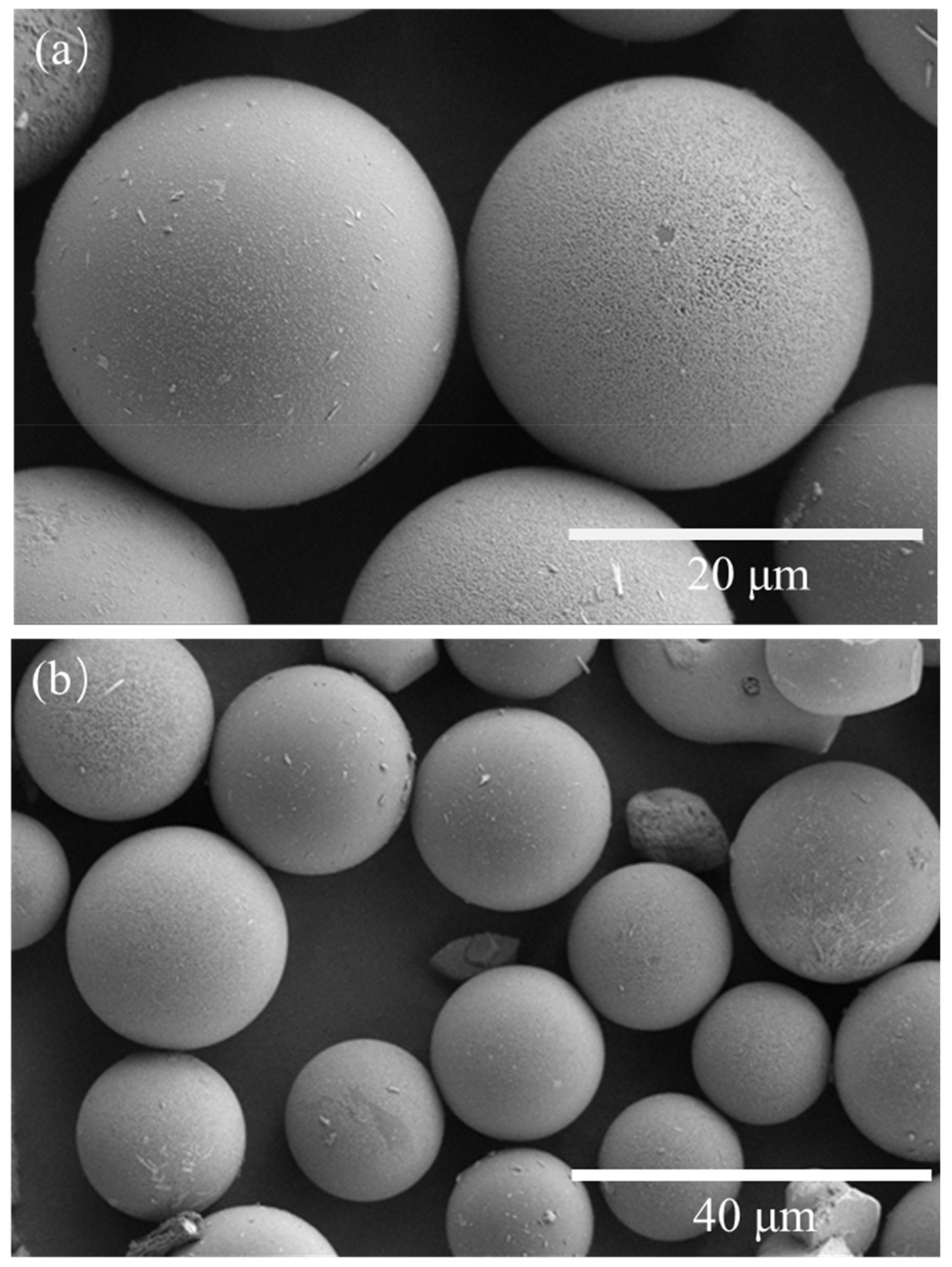
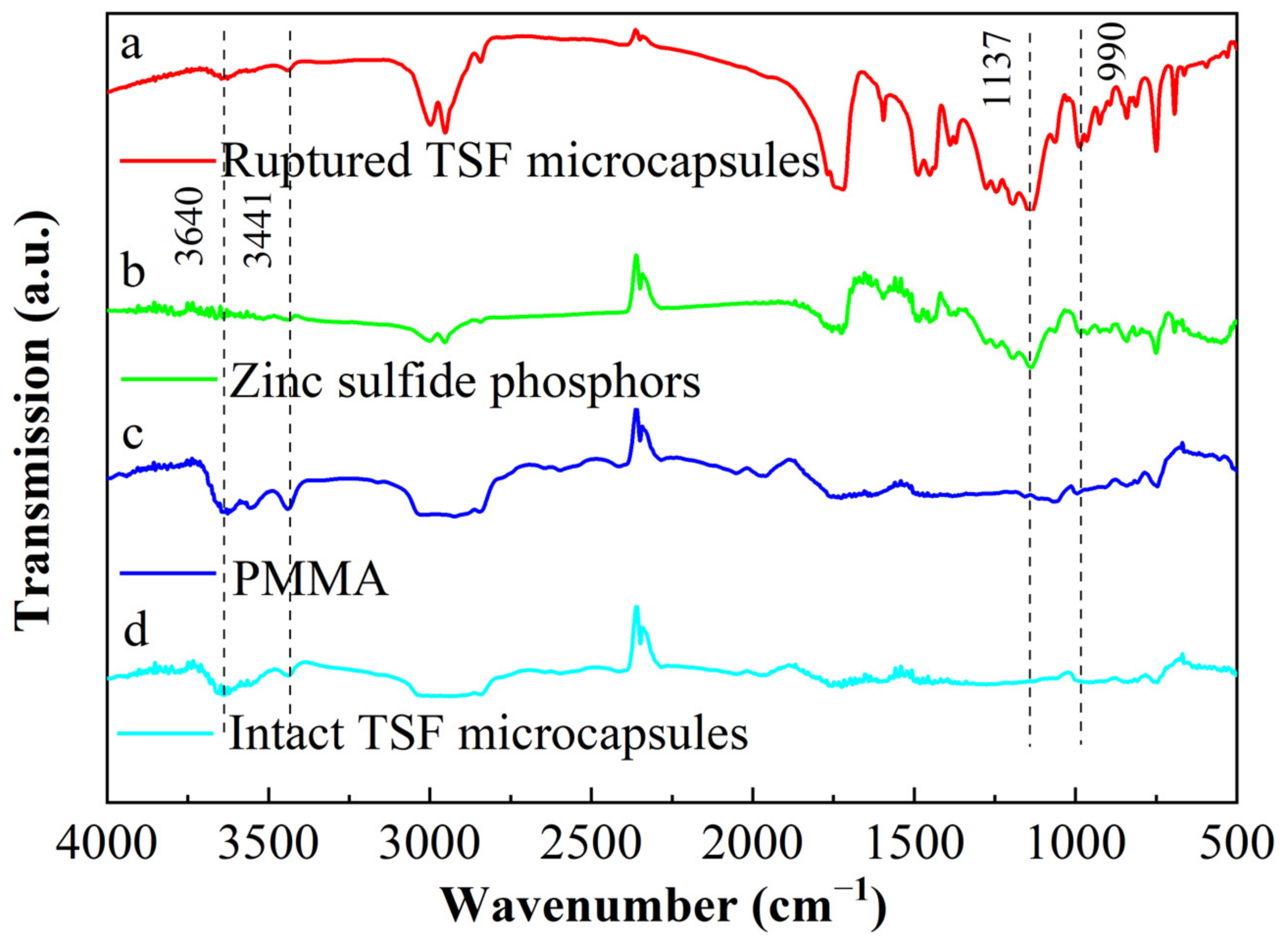
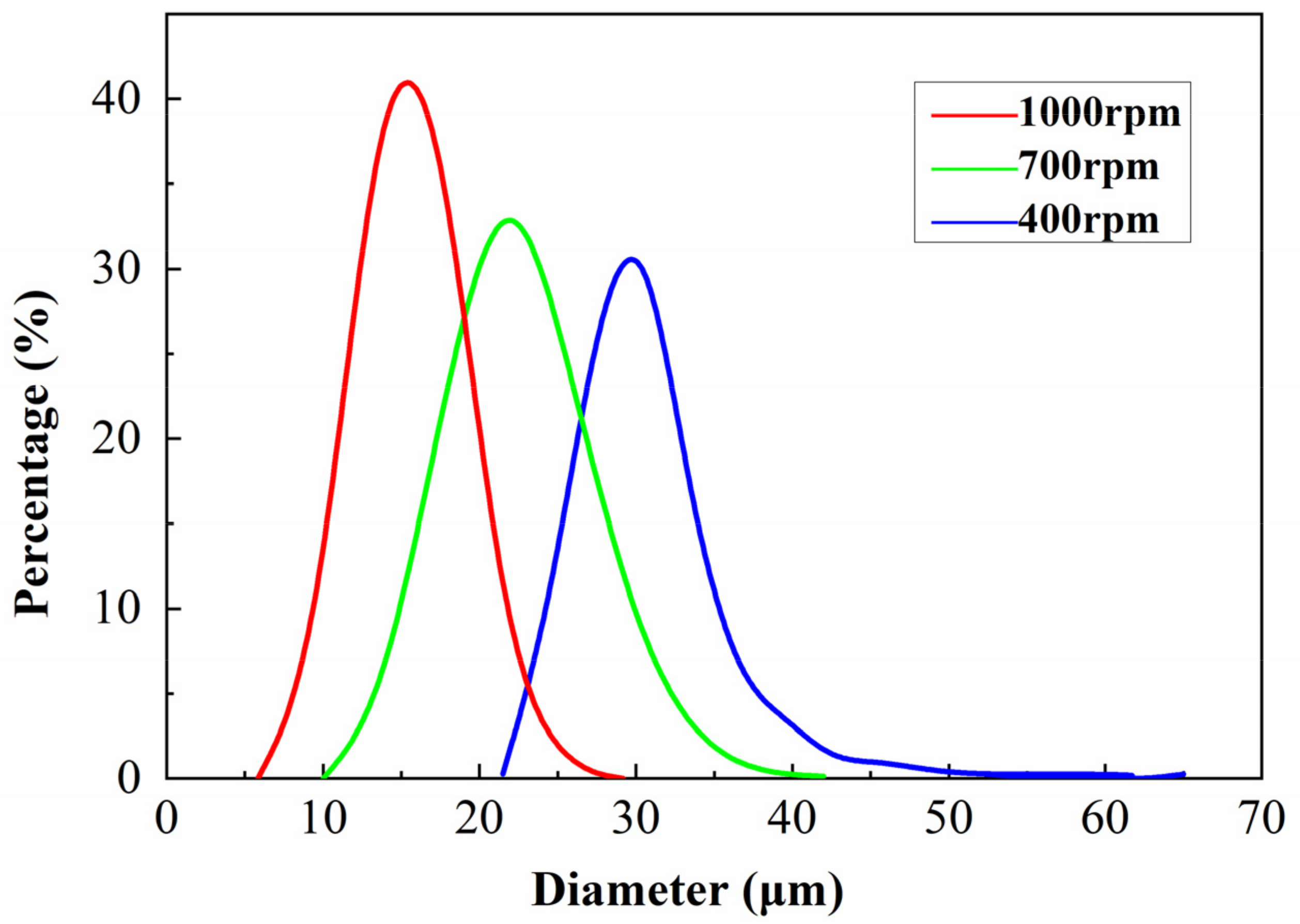
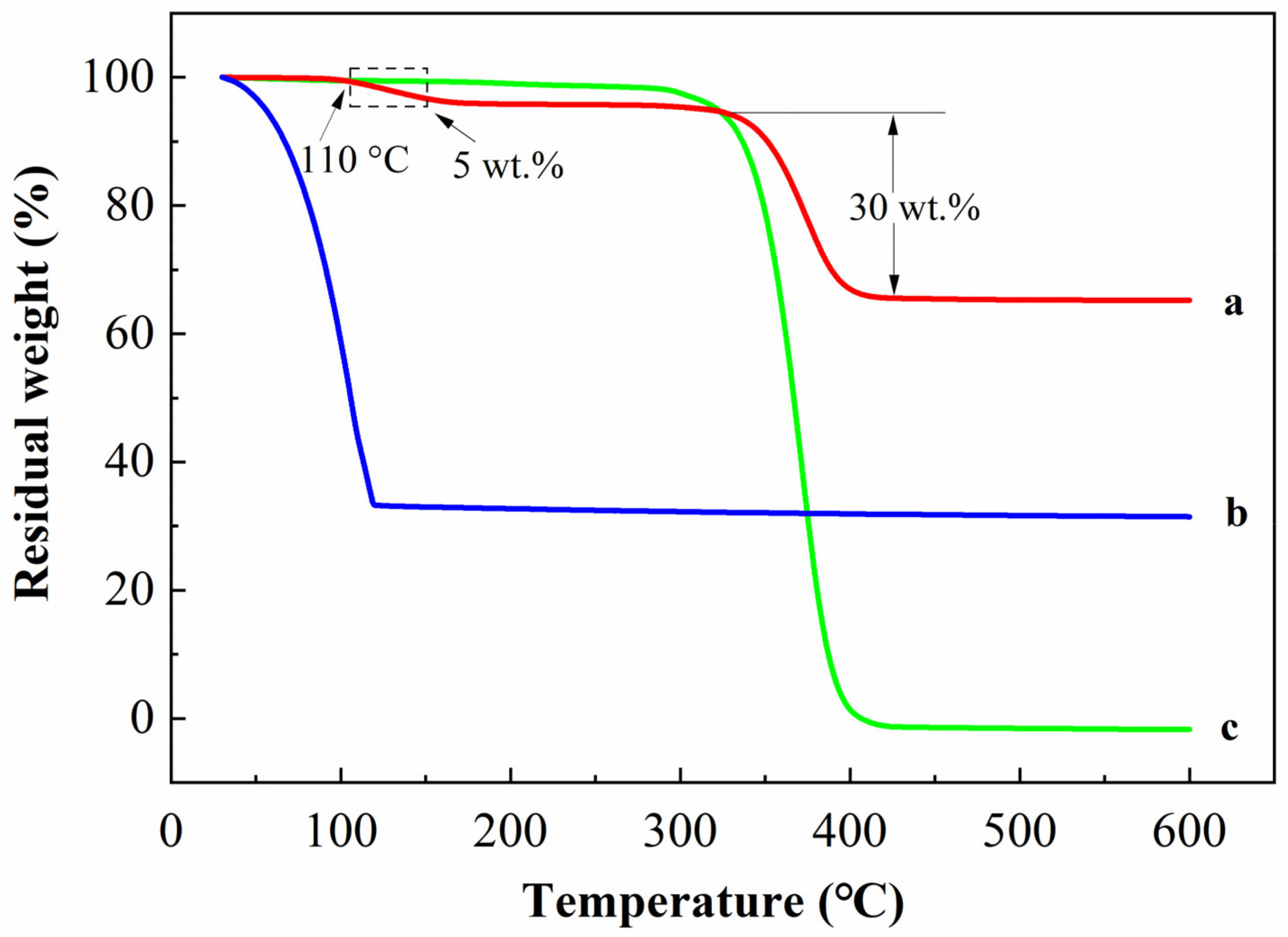

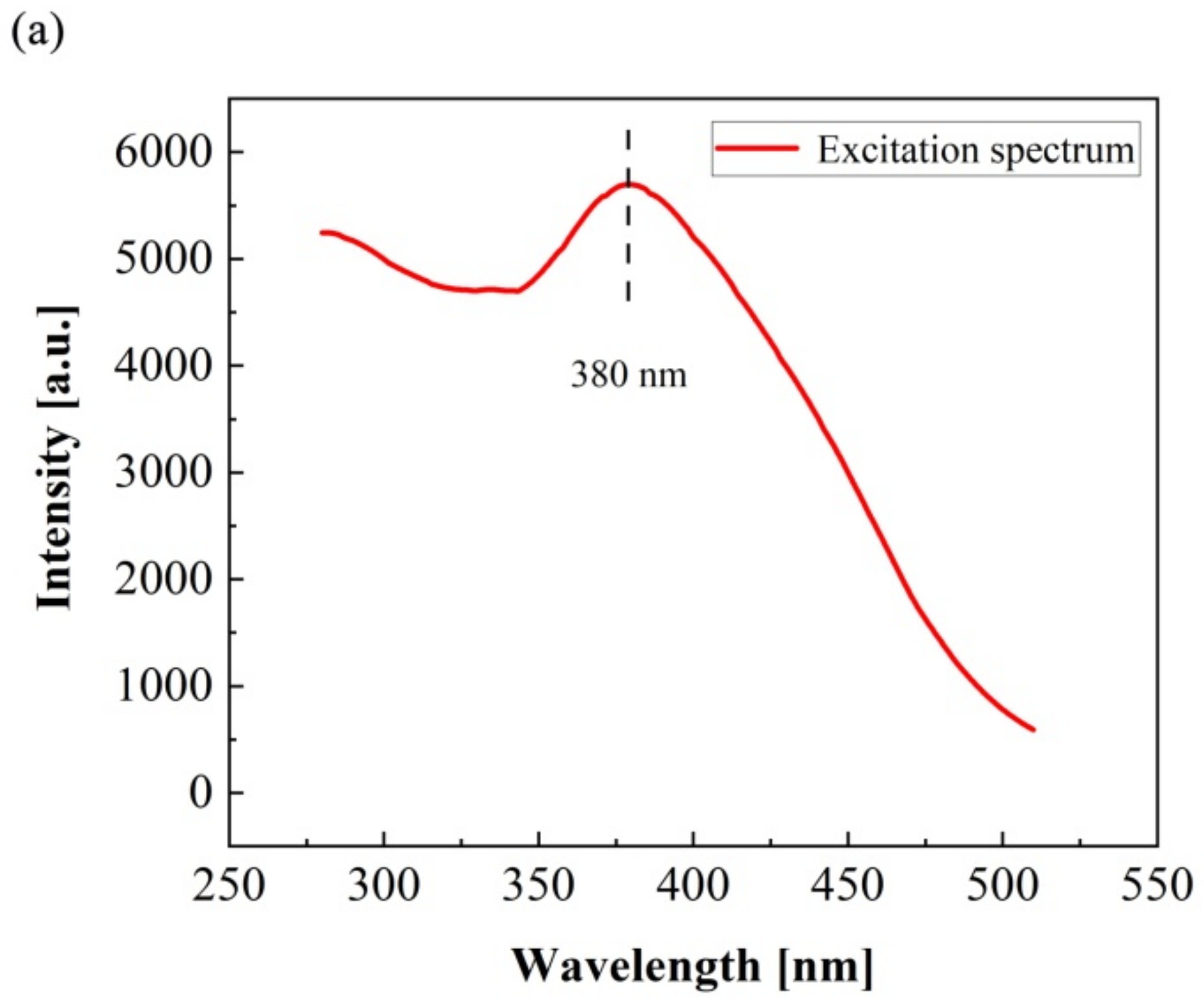
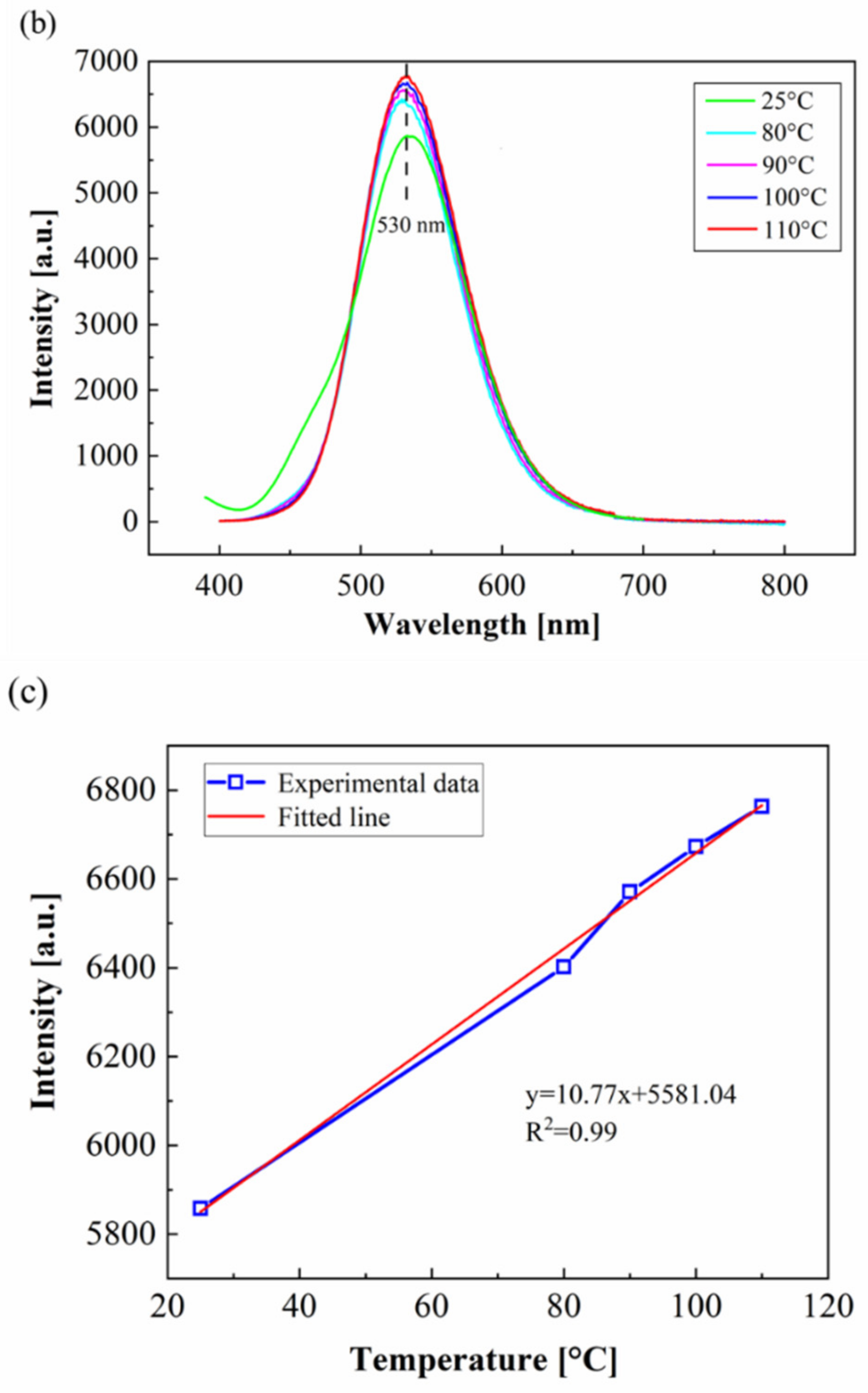


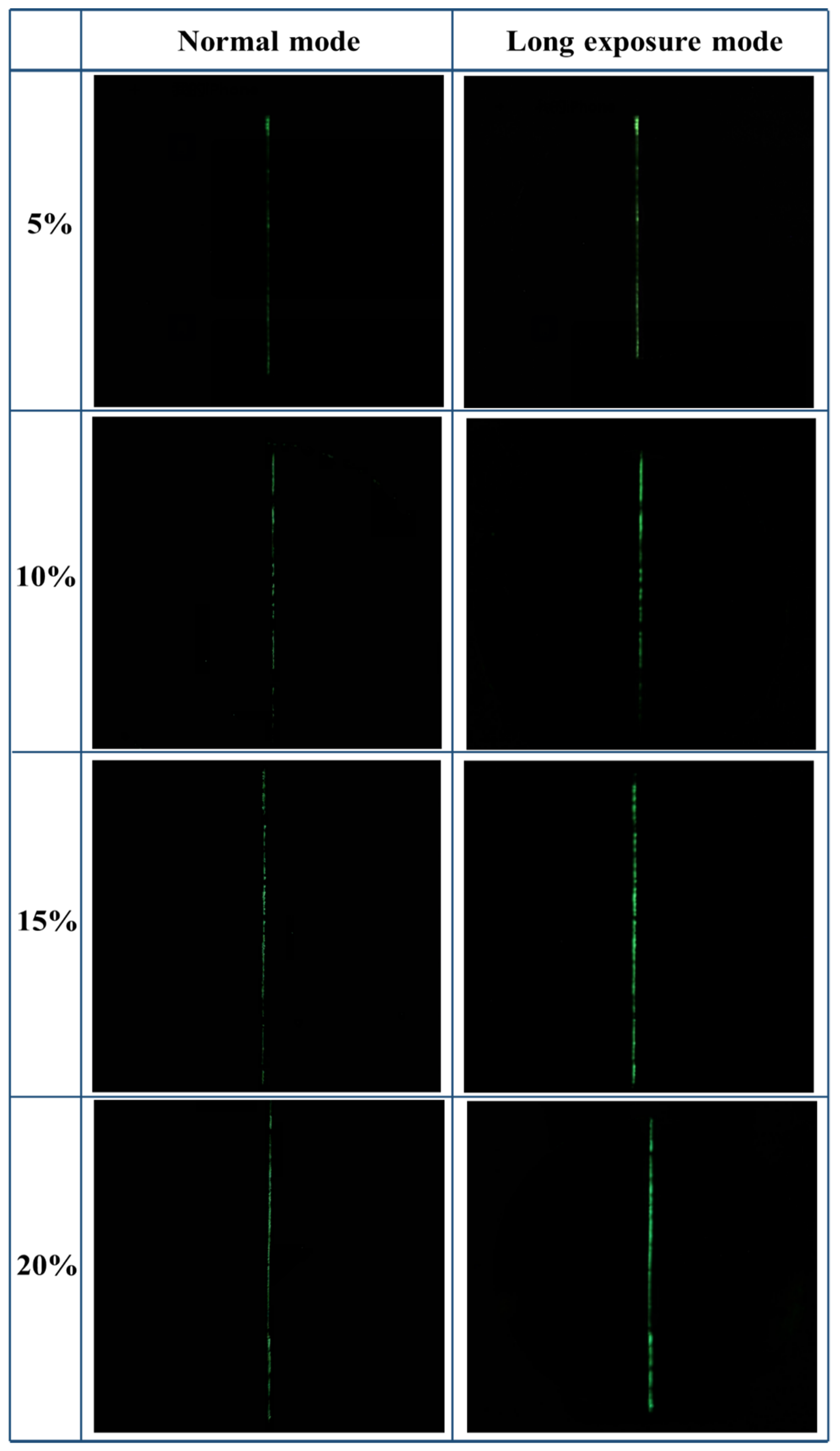
Publisher’s Note: MDPI stays neutral with regard to jurisdictional claims in published maps and institutional affiliations. |
© 2022 by the authors. Licensee MDPI, Basel, Switzerland. This article is an open access article distributed under the terms and conditions of the Creative Commons Attribution (CC BY) license (https://creativecommons.org/licenses/by/4.0/).
Share and Cite
Zhang, H.; Wang, Q.; Li, Y.; Zhao, Y. Study of Concrete Surface Coatings Using Thermosensitive Fluorescent Microcapsules Capable of Indicating Damage. Gels 2022, 8, 583. https://doi.org/10.3390/gels8090583
Zhang H, Wang Q, Li Y, Zhao Y. Study of Concrete Surface Coatings Using Thermosensitive Fluorescent Microcapsules Capable of Indicating Damage. Gels. 2022; 8(9):583. https://doi.org/10.3390/gels8090583
Chicago/Turabian StyleZhang, Haohui, Qing Wang, Yao Li, and Yayun Zhao. 2022. "Study of Concrete Surface Coatings Using Thermosensitive Fluorescent Microcapsules Capable of Indicating Damage" Gels 8, no. 9: 583. https://doi.org/10.3390/gels8090583




